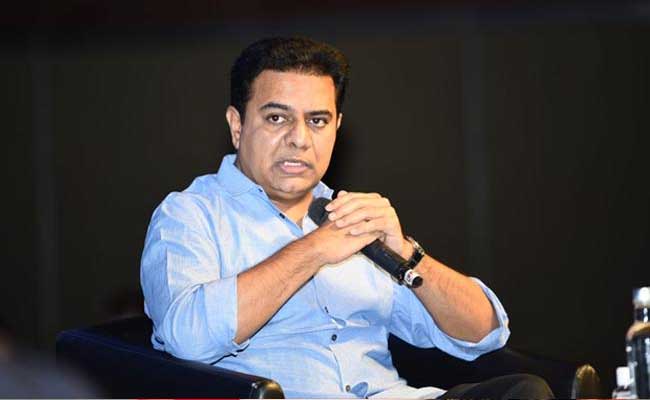Rama Krishna Sangem
India is seeing a trend in consumer spending now. Rich people who buy premium and luxury goods are fine and their rural counterparts too are Ok, because of good monsoon for the last two years.
But the middle-class people, mostly salaried, who account for about 60 per cent share in the retail and car markets, are the worst hit due to shrinking or stagnant wages and increasing expenditure bills. Result? Indian markets which depend on the middle-class consumers for about 60 per cent of their sales are seeing slow or nil growth. They are unable to balance their incomes and monthly bills & EMIs etc.
Consumer companies in India making everything from soaps to cars are sounding the alarm: the urban middle class spending has been languishing for over a year as inflation and unemployment weigh on sentiment. At least seven of India’s largest companies, including Reliance Industries Ltd.’s retail arm and consumer bellwether Hindustan Unilever Ltd., have flagged softer consumption demand and a challenging operating environment in their earnings for the July to September period.
Urban demand growth has been trending down for five quarters, data from market research firm Kantar Worldpanel shows. And the sense of unease around this is spreading.
Post-pandemic spending comes down
With post-pandemic euphoria fizzling out, higher interest rates, muted wage growth and poor job prospects are hurting urban demand. While India’s rural consumers are showing signs of spending more thanks to a good monsoon season that boosted incomes in the countryside, it can’t make up for the pullback among nearly 500 million city dwellers.
Fault lines in the India consumption story bode ill for the global giants that have been relying on India’s 1.4 billion strong consumer base to fuel growth amid an economic slowdown in China.
“The cause of concern is that growth is taking place only in certain segments,” R. C. Bhargava, chairman of Maruti Suzuki India Ltd., told reporters on Tuesday after India’s largest carmaker posted underwhelming profit. “What used to be 80% of the market is not growing,” he said, referring to the entry-level small cars whose sales is seen as a gauge of urban consumer demand.
Small cars made up as much as 80% of Maruti’s sales as recently as 2019, according to Bhargava.
Revenue from operations for Reliance’s retail unit, India’s largest retailer and part of billionaire Mukesh Ambani’s conglomerate, slipped 3.5% for the quarter ended Sept. 30 — a fall it attributed partly to weak demand for fashion and lifestyle products.
Revival of rural demand, welcome as it is, cannot offset the shortfall in urban mass spending. For Unilever’s India unit, smaller towns and villages make up only a third of its sales, Chief Financial Officer Ritesh Tiwari told reporters last week. Any recovery in demand growth was a few quarters away, he said.
“The pattern is quite clear that urban growth has trended down in recent quarters,” Rohit Jawa, Hindustan Unilever’s chief executive officer, said after the maker of Dove soaps and Magnum ice-creams posted sluggish earnings.
Credit Card Defaults growing
The latest data from credit information firm TransUnion CIBIL shows credit card delinquencies increased by 17% as of June from a year ago. Rising credit card defaults and slowing urban demand are linked, Suresh Ganapathy, head of financial services research at Macquarie Capital, told Bloomberg News.
“The feedback (from banks) was that there is a middle class which is indeed getting affected more,” Ganapathy wrote in an email last week. “There is an issue of inflation, over-leveraging – all that has been causing this slowdown in a way.”
The sales figures of Diwali are yet to come, but the trends so far suggest that the markets are sluggish due to dull purchases from the middle-class people this year. This will show impact on the overall economy.


